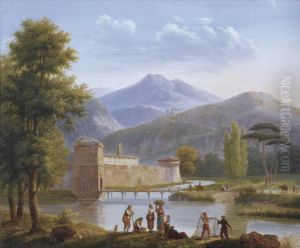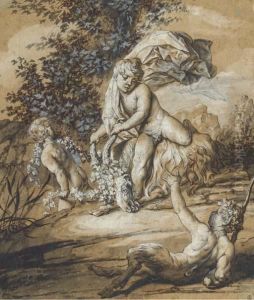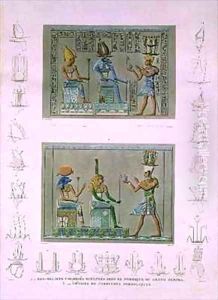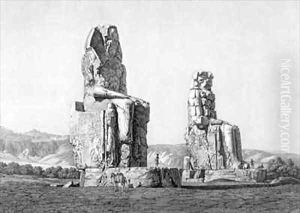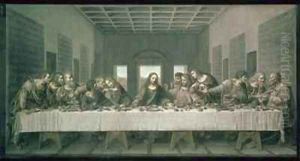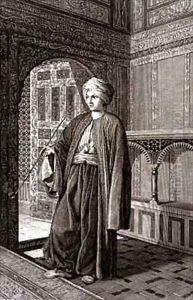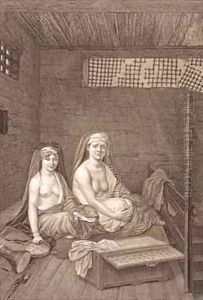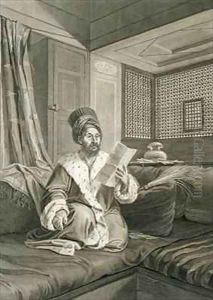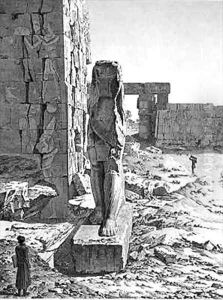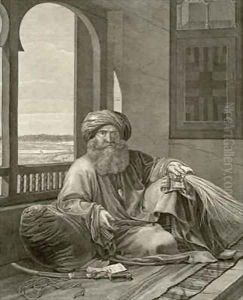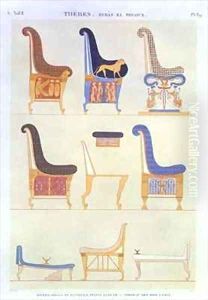Andre Dutertre Paintings
André Dutertre, a French artist born on March 10, 1753, in Saint-Germain-en-Laye, was an esteemed painter and illustrator during the late 18th and early 19th centuries. He was a student of the renowned French painter Jean-Baptiste Regnault and is often remembered for his historical and mythological scenes, which were characteristic of the Neoclassical movement that flourished during his time.
Dutertre embraced the artistic trends of his era, which was greatly influenced by the rediscovery of ancient art due to archaeological excavations, such as those at Herculaneum and Pompeii. This influence is evident in the classical clarity and idealism of his work. He became a member of the Academy of Fine Arts and was awarded the title of Chevalier of the Legion of Honor, reflecting his status as a respected artist.
Throughout his career, Dutertre was involved in several significant projects. Notably, he contributed to the illustration of the famous 'Description de l'Égypte' (Description of Egypt), a monumental publication that documented the scientific and archaeological findings of the Napoleonic expedition to Egypt from 1798 to 1801. This work was a major contribution to the field of Egyptology and the general understanding of Egyptian culture and history.
Dutertre's legacy extends beyond his individual works to his influence on the students he taught and the artistic community he was part of. Despite the political turmoil of his time, including the French Revolution and the Napoleonic Wars, he continued to produce works that adhered to the Neoclassical aesthetic and reflected the intellectual and cultural shifts of his country.
He passed away on September 14, 1842, in Paris, leaving behind a body of work that, while not as widely known today as some of his contemporaries, remains a testament to the artistic movements and historical moments that he witnessed and recorded through his art.
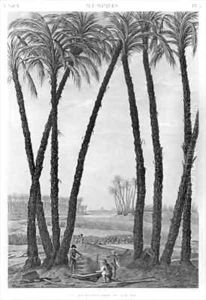

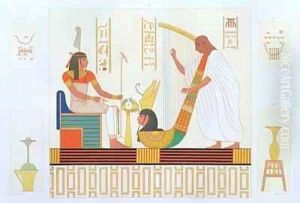
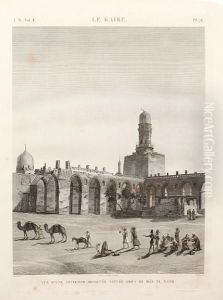

![Paysage Montagneux Avec Un Chateau Au Bord D'une Riviere [ ; Montainous Landscape With Figures And A Castle By A River ; Signed And Dated Lower Left A.du Tertre/ 1815 ; Oil On Original Canvas]](https://www.niceartgallery.com/imgs/555128/s/andre-dutertre-paysage-montagneux-avec-un-chateau-au-bord-dune-riviere-montainous-landscape-with-figures-and-a-castle-by-a-river-signed-and-dated-lower-left-adu-tertre-1815-oil-on-original-canvas-dcb5402f.jpg)
